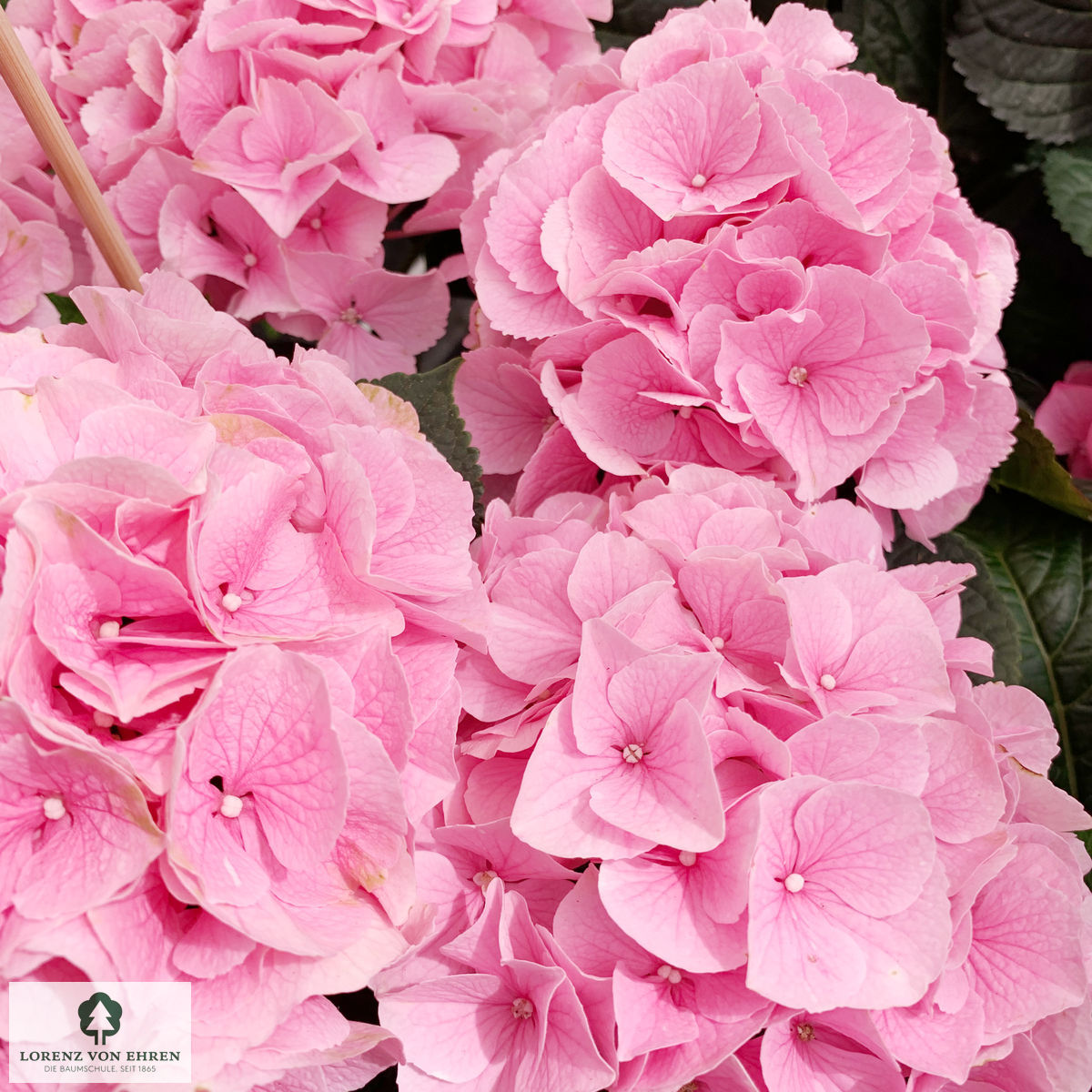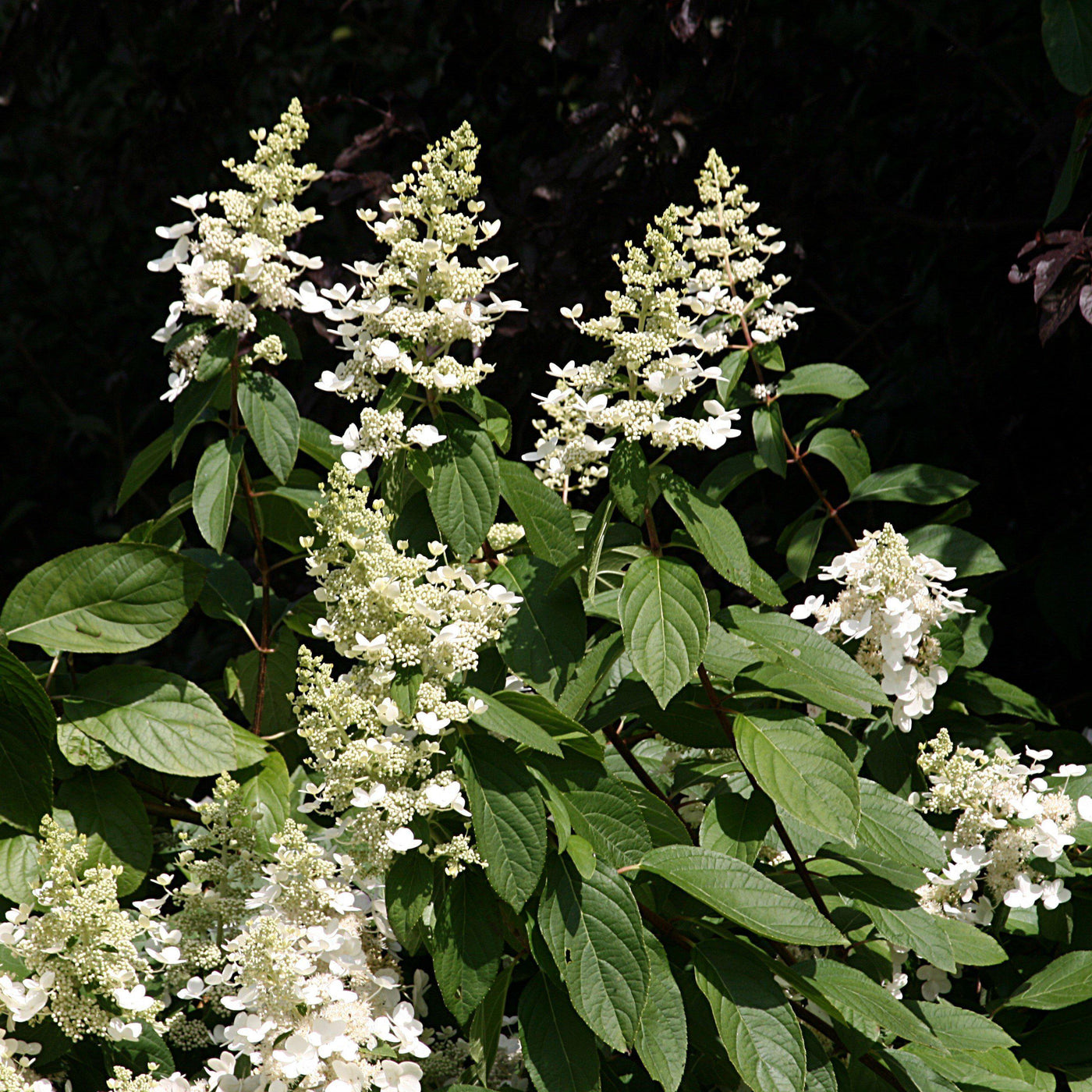How To Protect Your Hydrangeas From Frost
Introduction
Hydrangeas are beautiful flowering shrubs that can add a touch of elegance to any garden. However, they are also susceptible to frost damage. If you live in a cold climate, it is important to take steps to protect your hydrangeas from frost.
In this blog post, I will discuss some of the best ways to protect your hydrangeas from frost. I will also provide some tips on how to choose the right frost protection method for your plants.
Main Content
There are a few different ways to protect your hydrangeas from frost. The best method for you will depend on the severity of the frost in your area and the type of hydrangeas you have.
Mulching
One of the simplest ways to protect your hydrangeas from frost is to mulch around the base of the plants. Mulch helps to insulate the roots of the plants and prevent them from freezing.
You can use any type of mulch around your hydrangeas, but I recommend using a material that will break down over time, such as bark mulch or pine needles. This will help to improve the soil quality around your plants and provide them with nutrients.
Covering the Plants
If you live in an area with severe frost, you may need to cover your hydrangeas to protect them from the cold. There are a few different ways to do this.
One option is to use a frost cloth. Frost cloth is a lightweight fabric that is designed to trap heat and protect plants from frost. You can find frost cloth at most garden centers.
Another option is to use a burlap sack. Burlap sacks are also effective at protecting plants from frost. You can find burlap sacks at most hardware stores.
Moving the Plants Indoors
If you live in an area with very cold winters, you may need to move your hydrangeas indoors during the winter months. This is the best way to ensure that your plants will not be damaged by frost.
If you move your hydrangeas indoors, you will need to find a place for them that is cool and bright. You should also water them regularly, even though they are not actively growing in the winter.
Conclusion
By following these tips, you can help to protect your hydrangeas from frost and ensure that they will thrive for many years to come.
Hydrangeas are beautiful flowers that can add a touch of elegance to any garden. However, they are susceptible to frost damage, especially in colder climates. If you live in an area where frost is a possibility, you need to take steps to protect your hydrangeas.
One way to protect your hydrangeas from frost is to mulch around the plants. Mulch will help to insulate the roots and keep them from freezing. You can also cover your hydrangeas with a frost cloth or blanket. This will help to keep the flowers warm and prevent them from being damaged by frost.
If your hydrangeas do suffer frost damage, don't despair. Most hydrangeas will recover from a light frost. However, if the frost is severe, you may need to prune the plants back to healthy growth.
For more information about hydrangea frost, I recommend visiting . This website has a wealth of information on how to protect your hydrangeas from frost damage.
FAQ of hydrangea frost
Q: What temperature will kill a hydrangea?
A: Hydrangeas are susceptible to frost damage when the temperature drops below 28°F. However, the exact temperature at which a hydrangea will die will vary depending on the species and variety of hydrangea.
Q: What can I do to protect my hydrangeas from frost?
A: There are a few things you can do to protect your hydrangeas from frost:
- Cover your hydrangeas with a frost blanket or sheet.
- Bring potted hydrangeas indoors or into a protected area.
- Water your hydrangeas well before a frost event. This will help to protect the cells from freezing.
- Mulch around your hydrangeas with a layer of organic material. This will help to insulate the roots from the cold.
Q: How do I know if my hydrangea has been damaged by frost?
A: If your hydrangea has been damaged by frost, the leaves and flowers will wilt and turn brown. The stems may also become brittle.
Q: Will my hydrangea recover from frost damage?
A: In most cases, hydrangeas will recover from frost damage. However, the severity of the damage will determine how quickly the hydrangea recovers. If the damage is severe, it may take several years for the hydrangea to fully recover.
Q: What temperature is best for hydrangeas?
A: Hydrangeas grow best in temperatures between 50° and 60° F. They can tolerate temperatures as low as 28°F, but they will be more susceptible to frost damage at these temperatures.
Image of hydrangea frost
5 different images of "hydrangea frost" from Pinterest:
- Hydrangea Macrophylla Frosted Pink. This image shows a hydrangea bush with large, pink blooms that have been frosted with white. The frost gives the blooms a delicate and ethereal appearance.

- Hydrangea Paniculata Limelight Frosted. This image shows a hydrangea paniculata bush with large, lime green blooms that have been frosted with white. The frost gives the blooms a silvery appearance that is quite striking.

- Hydrangea Annabelle Frosted. This image shows a hydrangea arborescens bush with large, white blooms that have been frosted with white. The frost gives the blooms a snowy appearance that is quite beautiful.

- Hydrangea Incrediball Frosted. This image shows a hydrangea macrophylla bush with large, blue blooms that have been frosted with white. The frost gives the blooms a delicate and icy appearance.

- Hydrangea Paniculata Tardiva Frosted. This image shows a hydrangea paniculata bush with large, pink blooms that have been frosted with white. The frost gives the blooms a delicate and romantic appearance.

Post a Comment for "How To Protect Your Hydrangeas From Frost"